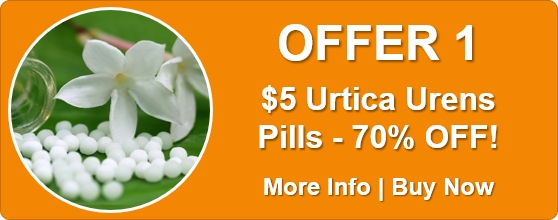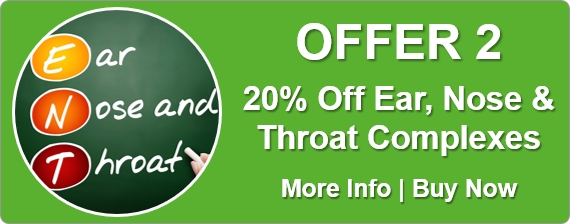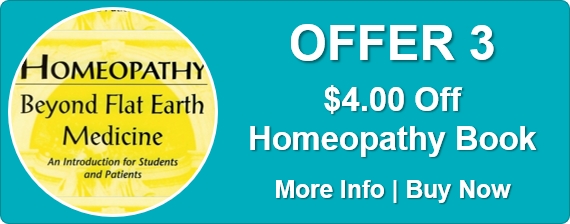Know Your Remedies: Thuja Occidentalis (Thuj.)
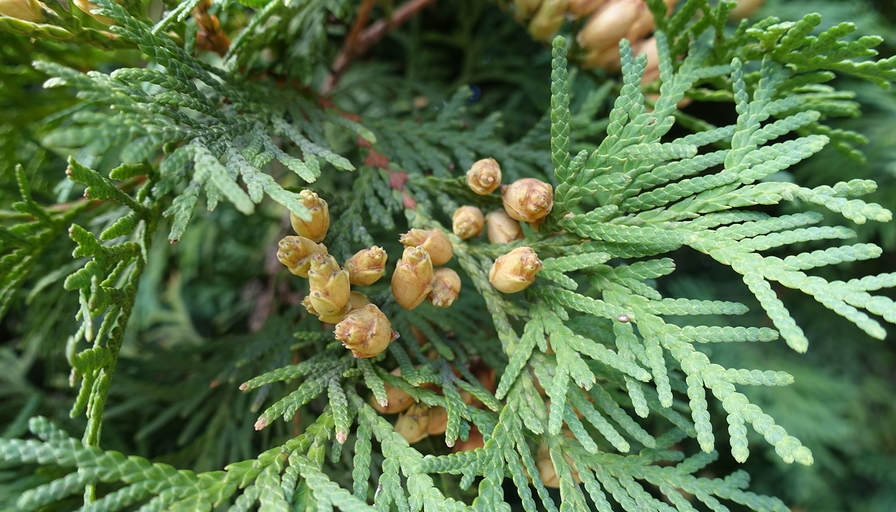 Common Names: Northern white-cedar; eastern arborvitae; tree of life.
Common Names: Northern white-cedar; eastern arborvitae; tree of life.
General Information
Those who need Thuja struggle with self-confidence: they feel worthless and unattractive, and believe that nobody would love them if they knew what they were really like. As a result, they become desperate to ‘fit in’ and hide behind a manufactured persona to present to others as a cover for their perceived shortcomings. Those who need Thuja may either crave, dislike, or be affected by onions, and sometimes, garlic. They also desire tea, are affected by cold, wet weather, and discharges (pus, mucus) will be yellow-green or green. The urogenital and skin are the most often affected areas of the body but symptoms in general tend to be worse on the left side. Other distinctive symptoms include pains being felt in “small spots” and chronic complaints improving during head colds.
Mental-Emotional Symptoms
- Low self-esteem with feelings of unattractiveness and worthlessness.
- Feel that nobody would love them if they really knew them.
- Secretive – try to hide the things they think others won’t like about them.
- Fixed ideas and delusions: something is alive in their abdomen, that they are pregnant, or that they are brittle as if made of glass and could easily break.
- Mumbling the last words of sentences.
Head and Face
- Left sided headaches in the temple or forehead that feel like a nail.
- Eyebrows thin ore disappear from the outside, in.
- Warts or tumors on the face or eyelids.
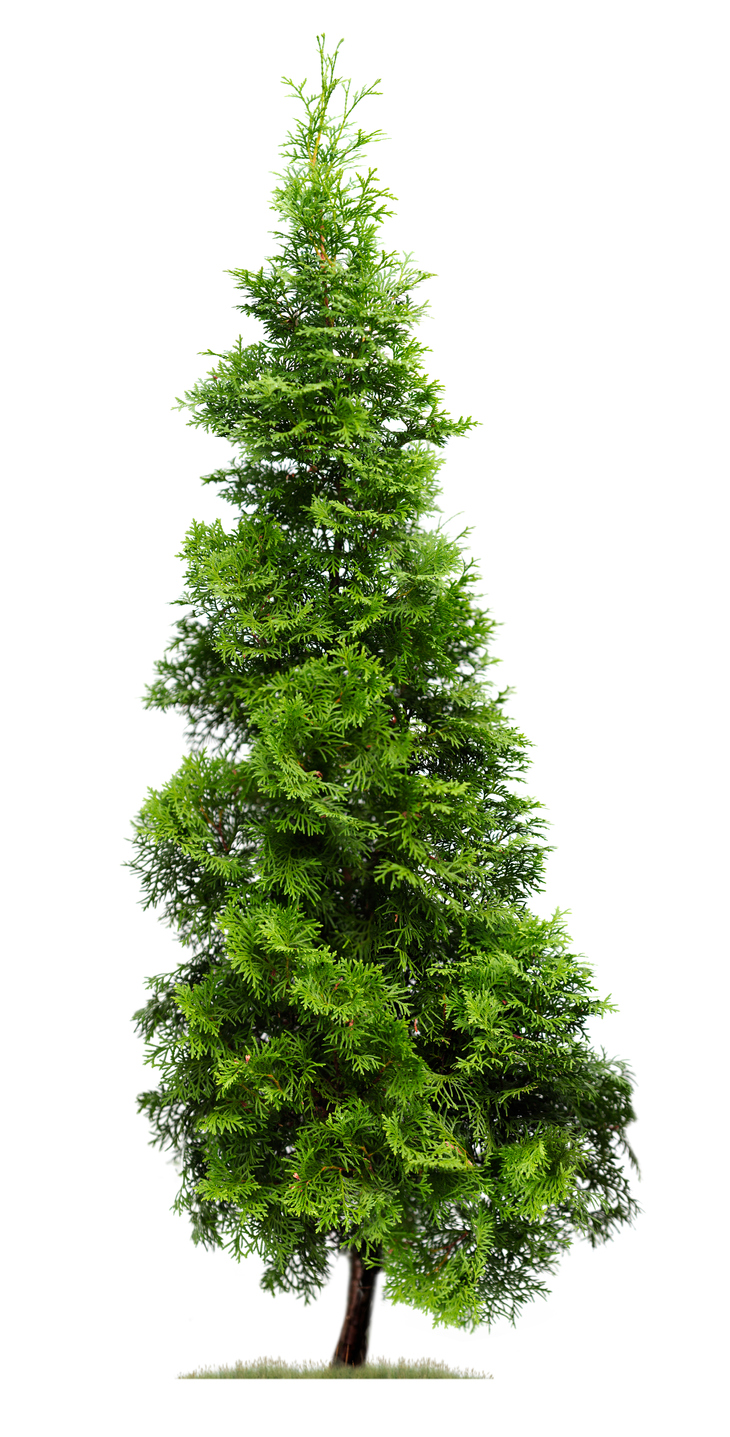
Abdomen
- Sensation as if something is alive and moving.
Skin
- Skin tags. Tumours. Growths.
- Keloid scars.
- Oily skin. Oily and sweet-smelling, or offensive perspiration.
- Problems with nails.
Urogenital
- Forked stream of urine (especially in men).
- Warts or herpes.
Female
- Tumours, cysts, fibroids.
Sleep
- On the left side. Dreams of falling.
Where do I find it?
Thuja Occidentalis (Thuj.) is available from our online store as a single remedy in liquids or pills, and as part of the following Complexes (combination remedies): Dandruff: Insomnia from Overactive Mind; Molluscum Contagiosum; Prostate Enlargement; Warts.
Home Treatment Guidelines
Acute, Self-Limiting Conditions
Conditions like colds or minor injuries, which are short-term and typically improve on their own, can be managed at home with homeopathy. However, in emergencies or if symptoms worsen, contact your healthcare provider.
Chronic Conditions
These home treatment instructions do not apply for ongoing issues, whether mentioned above or not, like persistent allergies or chronic pain. You should consult a qualified homeopath for a personalized treatment plan to achieve the best results with homeopathy for chronic conditions.
How to Take the Remedy for Acute Conditions
- Take one pill or five drops of the remedy. The frequency depends on symptom severity. As examples:
- For life-threatening symptoms, take every 1 minute and seek emergency help immediately.
- For mild symptoms, take every 4 hours.
- Stop taking the remedy once you feel better. Resume if symptoms return.
- If no improvement after four doses, choose a different remedy or consult a professional homeopath.
- For more details on dosing, refer to: How Often to Dose with a 30C Homeopathic remedy.
- For information on the different potencies, read: Guidelines on which potency to use
Additional Notes From Past Masters
Homeopathy is a 200-year-old system of medicine. Early homeopaths recorded detailed notes on how remedies worked, including initial tests, remedy relationships, and their experiences. These writings were shared to improve homeopathic practice and now offer fascinating insights into past uses of homeopathy. Here’s an example, edited and modernised for clarity, from Leaders In Homoeopathic Therapeutics (1898) by E. B. NASH M.D.:
Leaders In Homoeopathic Therapeutics by E. B. Nash M.D.
Thuja Occidentalis (Thuj.)
Hahnemann’s chief anti-sycotic. Proliferations or pathological vegetations: condylomata, polypi, warts, sycotic excrescences, etc. Bad effects following vaccination; never well since. Especially suited to the treatment of ailments following suppressed gonorrhoea. Urethritis in sycotic patients, which Cannabis sat. does not relieve; stream split, cutting after urination; discharge thick. Sweat only on uncovered parts. Modalities. < cold, damp air (hydrogenoid), after vaccination, excessive tea drinking, extension of limbs; > drawing up limbs. * * * * * Hahnemann recognized three miasms (as he called them) which complicated the treatment of all diseases. They were syphilis, psora and sycosis. Sulphur was his chief anti-psoric, Mercury his anti-syphilitic and Thuja his anti-sycotic. Whatever may be said against his theories along this line, certain it is that these three remedies do correct certain states of the system which seem to obstruct the curative action of other seemingly well-indicated remedies. Thuja, for instance, cures or so changes the existing conditions that other remedies cure which could not do so before Thuja was given. Many diseases of various forms come under this rule. Whenever warts, condylomata, fig-warts etc., which come in consequence of gonorrhoeal affections, especially suppressed, gonorrhoea, are found in any case we think of Thuja. For instance, a case of enuresis had resisted many seemingly indicated remedies, until the hands were discovered to be covered with warts, when a few drops of Thuja cured. Of course, the curative power of Thuja is not confined to sycosis, but can, like other remedies, cure when symptoms indicate it where no sycotic element in the case is apparent. Nevertheless, its chief power is manifested in those cases in which this miasm is unmistakably present. It is astonishing what widely different and varied forms of disease will be so modified by this miasm as to call for anti-sycotic treatment. As Sulphur is not the only anti-psoric, or Mercury the only anti-syphilitic, so Thuja is not the only anti-sycotic; for Nitric acid, Staphisagria, Sabina, Cinnabaris and other remedies are sometimes called for, either before or after Thuja, or even when Thuja is not at all the remedy. But on the whole, Thuja, perhaps, as Hahnemann taught, stands at the head of the list. Thuja, Agaricus and Lycopodium have been called over-proven remedies; but when we realize the wide range of diseases which are complicated by the sycotic element in them we are not so sure of the over-proving of the Thuja, for it could not so benefit such a wide range of complaints if it could not produce a wide range of symptoms in its pathogenesis. This is also true of Sulphur and Mercury. Thuja has some very peculiar symptoms of the mind which have been verified. “Fixed ideas, as if a strange person were at his side; as if the soul and body were separated; that the body and particularly the limbs were made of glass, and will readily break; as if a living animal were in the abdomen; tells about being under the influence of a superior power.” Insane women will not be touched or approached. Aside from these curious mind symptoms we have: “Headaches of sycotic origin, with various symptoms; white dandruff, hair falling out or grows slowly and splits; eyelids bear styes, chalazae, tarsal tumors, or condylomata; ears inflame, discharge pus, or grow polypi. Nose discharges thick, green mucus like Pulsatilla, or scabs are formed in it; warts on the outside of the nose or eruptions on its wings; face has a greasy or shiny look; teeth begin to decay at the roots as soon as they come, the crowns remaining sound. Ranula under the tongue, or varicosities in the mouth or throat; a great deal of croaking, rumbling and grumbling in the abdomen, as if of an animal crying; abdomen puffed and big, protruding here and there as if from the arm of a foetus, or of something alive; constipation of hard black balls; chronic; stools large; and stool recedes after being partially expelled (Sanic., Silic.); or diarrhoea forcibly expelled, copious gurgling like water from a bung hole of a barrel; diarrhoea, especially from the effects of vaccination; anus fissured or surrounded with condylomata (see Antim. crud., Graphites and Silicea); ovarian troubles; asthma; nails brittle, distorted, crumbling, misshapen or soft; warts, condylomata, bleeding fungous growths; naevi; epithelioma, and many other affections in sycotic subjects.” Finally don’t forget to look for the three miasms in all obstinate cases, whether acute or chronic.


